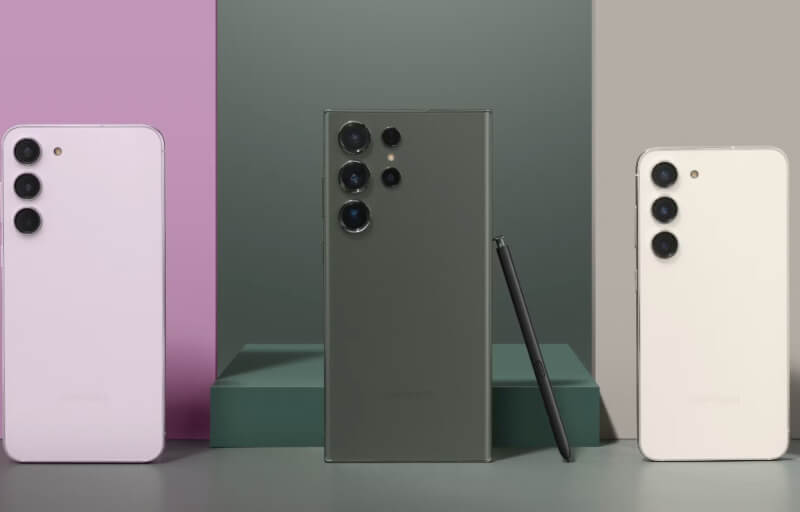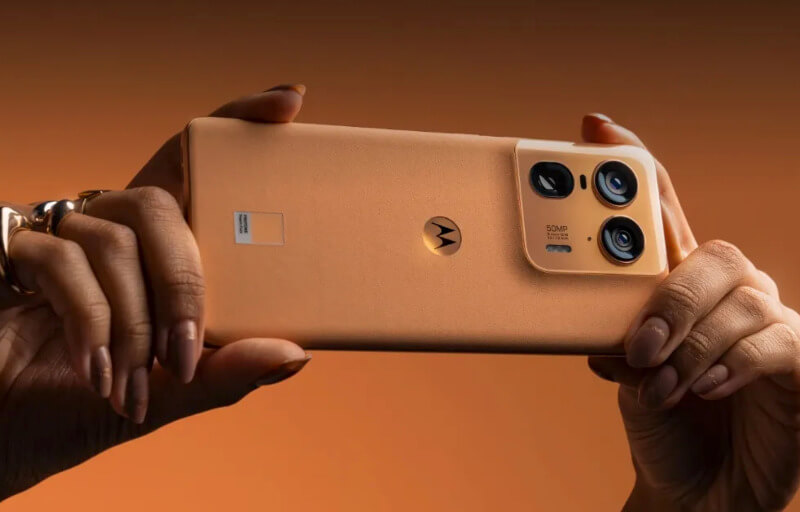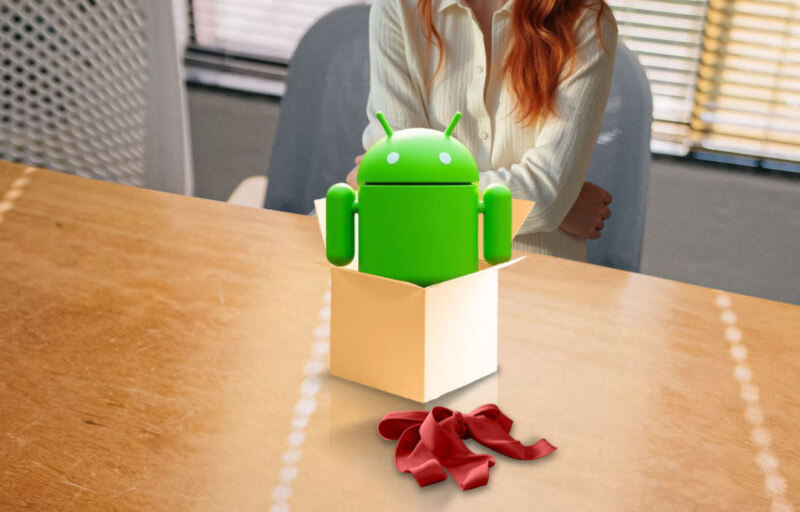Android updates seldom arrive with the clockwork certainty users expect from modern software. One handset collects the new version overnight while another, purchased the same month, waits in limbo.
Storytime – I remember when I bought my HTC One X back in… uh, God knows when, let’s just say long time ago… and I was extremely happy with it. Until I wasn’t. Why? Software updates. They just weren’t coming in. If you ask me, that’s the reason why HTC went down. They would release a device and quickly forget about it software-wise. The same went for Sony Xperia series back in the day, which is why I went over to Google-native devices, and ultimately to iPhone/iOS.
This scattershot experience explains why installing a fresh Android build can feel like receiving a surprise present chosen by an acquaintance who guessed your size, a mix of anticipation, confusion, and occasional disappointment.
Fragmented Promises: How Manufacturers Set Conflicting Update Policies
Google controls the operating system, yet each manufacturer decides when and how to ship it. Google’s Pixel line sets a high bar by recent models receive seven full Android upgrades and the matching years of security patches.
Samsung is (trying to, IMHO) shadowing that commitment on its latest Galaxy S25 series and even extends it to many mid-range Galaxy A phones. Meanwhile, Motorola guarantees no more than two operating system jumps on the bulk of its catalog. Xiaomi, Oppo, and Vivo each carve their lineups into tiers, offering short, medium, or extended support depending on price, reminding me of the HTC approach. Thankfully, for them, they have plethora of phones in their portfolio and price offerings, so they can just bunch up the number of buyers, while most of the don’t even care about it.
Manufacturers have rational reasons for this split.
Long support raises engineering and certification costs, especially for low-margin phones. Brands targeting price-sensitive shoppers often choose to retire models early rather than fund lengthy maintenance. Still, the customer rarely sees the economics, only the outcome, a calendar of surprises.
Support Duration: The Lifespan Lottery

Length of support matters more than release-day novelty. A user who buys a two-year-old budget handset may never touch the next Android version because the short policy clock is already ticking.
Those on premium Pixels or Galaxies stand to receive operating system builds through most of the decade. Apple customers enjoy near equality, an iPhone typically gets six mainstream releases, while on Android, software lifespan is a lottery. The box lists processor speed and camera megapixels, not the number of years before updates stop. And consumers have started to notice.
Surveys of enthusiasts show update policy ranking alongside battery life and camera quality in purchase decisions, while reviewers now print policy tables in spec sheets, a practice unheard of five years ago.
The market punishes brands that lag and that’s why Motorola’s (NA) share slipped after a run of slow patches on its G series, while Samsung’s sped-up cadence helped it peel customers from mid-range rivals.
The Carrier Certification Bottleneck
Even when a manufacturer finishes coding, another gatekeeper waits, the carrier. In many regions wireless operators insist on network testing for every firmware build. Engineers flash the update onto dozens of sample devices, run radio diagnostics, and confirm network features such as Wi-Fi calling. When bugs appear, the build cycles back to the vendor, and each loop adds days, weeks or even months. Even worse, the same phone can reach unlocked buyers first and carrier customers later, fracturing the update calendar inside one city.
Carriers defend the process as quality control, yet Apple proves another path.
Because the company holds end-to-end authority, iOS updates bypass operator vetting, and while Android artisans must negotiate instead, the resulting queue explains why Pixel owners on Google Fi sometimes install a release weeks before identical hardware on a big-box carrier.
AI Enters the Equation
Google’s push to embed Gemini Nano directly into the Android framework changed the update calculus. This lightweight model now powers on-device text generation, voice assistance, and image captioning on recent Pixels and a handful of Snapdragon X-Elite phones.
The promise of delivering new model weights and safety patches is made through Play system updates every few weeks, a cadence faster than full OS releases. That stream of AI tweaks forces manufacturers and carriers to certify incremental components more often, which will most likely raise the workload yet promising livelier phones that improve in mid-cycle instead of once a year.
Apple’s Apple Intelligence and Samsung’s Galaxy AI follow a similar path, but each raises a different challenge. Apple ties its generative features to a narrow slice of hardware, A17 Pro and M-series chips, so older iPhones will still receive iOS updates while missing marquee capabilities. Samsung sprinkles Galaxy AI across premium and select mid-range devices, then back-ports functions like Circle to Search and Live Translate through quarterly feature drops. As vendors will race to refine large-language-model pipelines, the traditional update map splinters further where security patches, OS upgrades, and AI model refreshes now travel on separate tracks. Although most of such AI generative platforms don’t need live on the device itself as a part of the operating system, but rather as a standalone service, I hope that this won’t become a nusance in the future in terms of prolonging the update cycle.
Users may see faster innovation, yet the gap between top-tier hardware and budget models is set to widen, turning the “birthday-gift” uncertainty into an even sharper divide.

Hardware Fragmentation and the Testing Burden
A single Samsung flagship ships with Snapdragon silicon in North America, Exynos in Europe, and sometimes MediaTek in emerging markets. Each chip has its own driver stack. Add regional antennas, different cameras, and multiple fingerprint sensors, and every variant needs its own test matrix. Multiply that by security patches landing every month and major Android revisions once a year, and the maintenance load balloons.
Supplier timelines complicate matters further as chip vendors often drop driver support after two years, forcing handset makers to rework low-level code or freeze the build. When a mid-tier Snapdragon reaches end of life, any phone built on it inherits the deadline. Apple avoids this trap by owning both the processor and the driver stack.
Google attempted to lighten the burden with Project Treble and a modular mainline architecture, isolate the hardware layer, and updates should drop in like puzzle pieces. Progress is real, security patches now reach compliant devices faster than before, but the system still demands human verification. When manufacturers weigh that workload against projected sales longevity, low-volume models slip down the priority list.
Samsung and Motorola: A Case Study in Contrast
The difference between two household names illustrates every pattern above.
Samsung invests heavily in its One UI skin yet marries it with an agile update engine and regional labs that test firmware in parallel. As a result, the Galaxy S23 family moved from Android 13 to 14 in roughly ninety days, a record for a non-Google phone. Samsung’s budget Galaxy A15, selling for less than two hundred dollars, is still penciled in for four major upgrades.
Motorola, by comparison, leans on near-stock Android and should in theory patch faster. In practice, its fragmented device roster and lean update staff slow everything down. Owners of the Edge Plus waited more than six months for the Android 14 build, and mid-tier Moto G users have learned to expect a single upgrade at most. Both firms cite business logic, yet customer perception places Samsung in the trusted column and Motorola in the maybe-next-time bin.

iOS as a Control Group: What Uniformity Looks Like
Apple offers a control group in this experiment – one vendor, one hardware line per generation, one global firmware image, zero carrier vetoes, so the result ends up being extremely elegant. On release day, supported iPhones across continents ping Apple’s servers, download the new iOS, and reboot within an hour. Adoption rates above eighty percent for the latest version within six months are routine. The tight vertical stack comes with tradeoffs, limited hardware variety and higher entry prices, yet the payoff is undeniable predictability.
The Android consortium must coordinate dozens of brands, hundreds of carriers, and thousands of components, so expecting Apple-like timing is unrealistic. Still, the contrast exposes just how wide the gap is and why Android users equate updates with surprise gifts rather than scheduled deliveries.
Public Perception: Frustration Measured in Forum Posts
Technical reasons do not soften user emotion and forums start to overflow with threads titled “Where is my update?” Subreddits track rollout spreadsheets in real time and when an update finally lands, posts range from relief to complaints about new bugs. Consumers label good support a selling point and treat bad support as a breach of trust. It really doesn’t get much simpler than that.
Independent polling of twelve thousand Android owners last year found nine out of ten placed long-term updates among their top three buying criteria. Nearly two thirds reported missing at least one promised patch during a phone’s life. The delta between promise and delivery directly feeds churn, pushing power users toward brands with proven schedules.
Opinions also shape corporate behavior, we all remember Samsung publishing explicit support tables because buyers asked for it, while Xiaomi now issues public timelines for each quarter. Motorola recently hired additional software engineers and expanded a pilot beta program, a move executives admit was driven by social media pressure.
The Road Ahead: Can Predictability Improve?
Google continues to modularize Android, carriers are gradually shortening certification windows, and manufacturers are learning that clear promises sell phones. Google’s new streaming update installs patches in the background and finalizes at reboot, reducing downtime on low storage phones.
In parallel, longer term Linux kernels give vendors up to five years of ready-made fixes. These moves should trim certification cycles, yet the industry still must align business incentives before users feel the difference.
The birthday gift feeling is baked in, but the challenge for the ecosystem is to make sure the present, whenever it arrives, fits better than a random sweater. I’ll be happy with a good pair of socks too.

